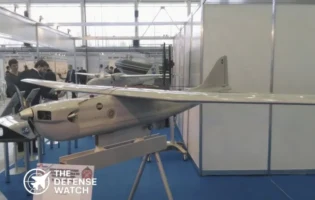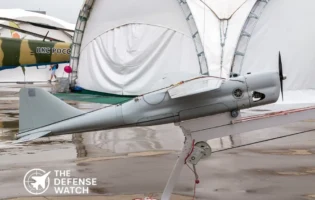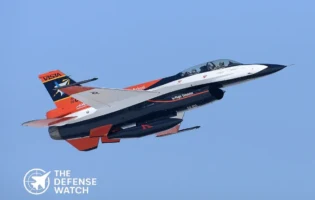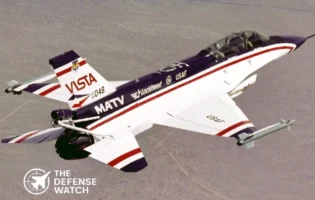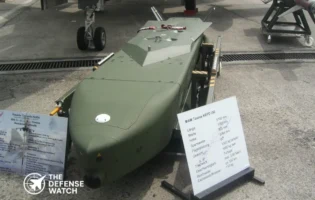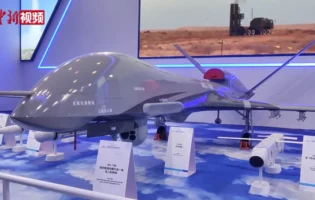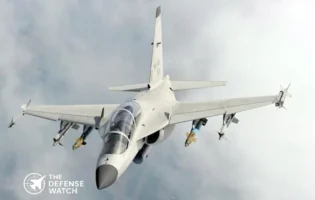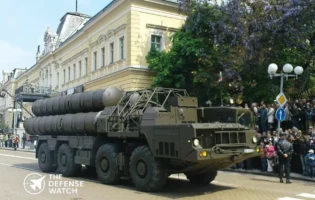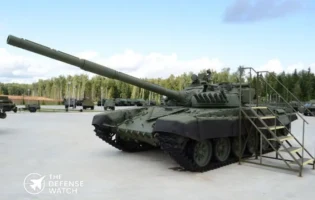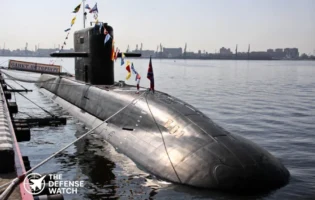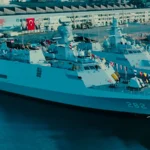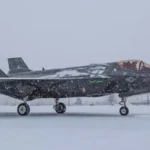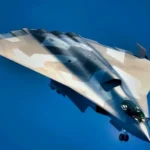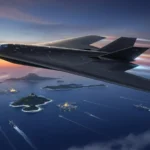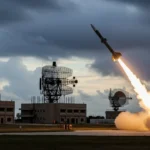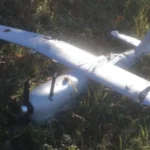- Home
- Catalog
- Attack & Multirole Drones (UAVs)
- Wing Loong II Drone
Wing Loong II Drone
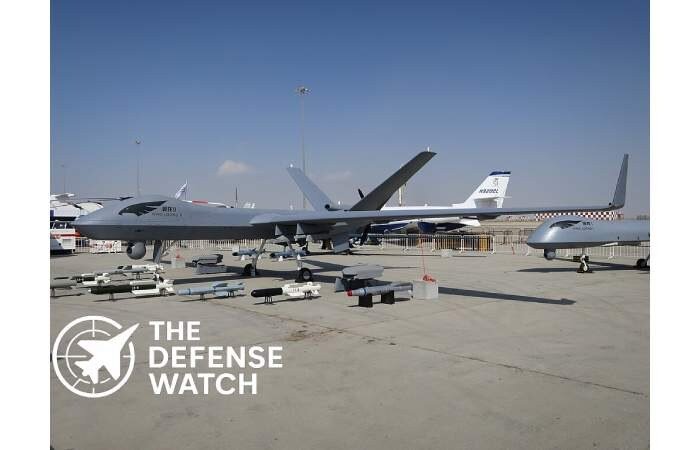


Full Specifications
1. General Information
| Manufacturer | Chengdu Aircraft Industry Group (CAIG) |
| Country of Origin | China |
| Type / Role | Reconnaissance / Combat UAV |
| First Flight / Introduced | 2017 |
| Status | In Service / Exported |
| Unit Cost | USD 1–2 Million (Approx.) |
2. Performance
| Maximum Speed | 370 km/h |
| Cruise Speed | 280 km/h |
| Operational Range | 4,000 km |
| Endurance | 32 hours |
| Service Ceiling | 30,000 ft |
| Rate of Climb | 10 m/s |
3. Dimensions
| Length | 11 m |
| Wingspan | 20.5 m |
| Height | 4.1 m |
| Maximum Takeoff Weight (MTOW) | 4,200 kg |
4. Payload & Armament
| Payload Capacity | 480 kg |
| Hardpoints | 6 |
| Weapons | BA-7 Missiles, GB-series Guided Bombs |
| Sensors | EO/IR, SAR, Laser Designator |
| Avionics | SATCOM, GPS/INS, Real-time Targeting System |
5. Propulsion
| Engine Type | Turboprop Engine |
| Engine Power | 600 shp (approx.) |
| Propeller Type | 3-Blade Propeller |
6. Communication & Control
| Control Type | Remote / Semi-Autonomous |
| Data Link Range | 200 km LOS / SATCOM Beyond LOS |
| Navigation | GPS / INS |
| Ground Control Station | Mobile or Fixed Unit |
7. Operational Use
| Primary Users | China, UAE, Egypt, Saudi Arabia |
| Combat Proven | Yes |
| Notable Operations | Libya, Yemen, Ethiopia |
PROS
- Long endurance and operational range
- Capable of precision strike missions
- Advanced ISR and targeting systems
- Competitive export cost
- Proven in multiple operational theaters
CONS
- Limited stealth capability
- Dependence on satellite data links
- Slower top speed than Western counterparts
- Restricted payload compared to MQ-9
- Vulnerable to electronic warfare and jamming
Wing Loong II: China’s Advanced Multirole Combat UAV
Developed by the Chengdu Aircraft Industry Group (CAIG), the Wing Loong II is a medium-altitude, long-endurance (MALE) unmanned aerial vehicle (UAV) designed for intelligence, surveillance, reconnaissance (ISR), and precision strike missions. First unveiled in 2017, this Chinese drone represents a significant advancement in Beijing’s indigenous UAV capabilities and competes directly with Western platforms like the MQ-9 Reaper.
Design and Capabilities
The Wing Loong II features an aerodynamic fuselage and a V-tail design optimized for endurance and efficiency. It is powered by a turboprop engine that enables speeds up to 370 km/h and an endurance exceeding 32 hours, making it suitable for long-range reconnaissance and combat operations.
Armament and Technology
Equipped with six external hardpoints, the Wing Loong II can carry up to 480 kg of munitions, including BA-7 air-to-ground missiles, GB-series guided bombs, and other precision weapons. Its advanced electro-optical/infrared (EO/IR) sensors, synthetic aperture radar (SAR), and satellite communication systems allow real-time targeting and mission flexibility even beyond line-of-sight.
Operational Use
Primarily used by China’s People’s Liberation Army Air Force (PLAAF), the Wing Loong II has also been exported to countries in the Middle East, Africa, and Asia, where it has seen operational deployment in surveillance and counterinsurgency missions.
As a cost-effective alternative to Western UAVs, the Wing Loong II underscores China’s growing presence in the global defense export market, offering an affordable yet capable solution for nations seeking advanced unmanned strike capability.
Reviews
Disclaimer Note
The information provided on TheDefenseWatch.com is for general informational purposes only. While we strive to ensure the accuracy, completeness, and timeliness of our content regarding defense and aerospace products, technologies, and specifications, we cannot guarantee that all information is 100% accurate or up-to-date due to the evolving nature of military technology and classified data. TheDefenseWatch.com does not warrant the reliability, suitability, or availability of the information for any specific purpose. Users are advised to consult official sources, such as manufacturers, government publications, or defense agencies, for precise and verified data before making decisions based on our content. We are not affiliated with any defense manufacturers, governments, or military organizations mentioned. Opinions, reviews, and ratings reflect expert analysis but are subjective and should not be considered endorsements. TheDefenseWatch.com is not responsible for any errors, omissions, or consequences arising from the use of this website’s content. External links are provided for convenience and do not imply endorsement. TheDefenseWatch.com reserves the right to update or modify content without prior notice. By using this website, you agree to our Privacy & Cookies Policy.




